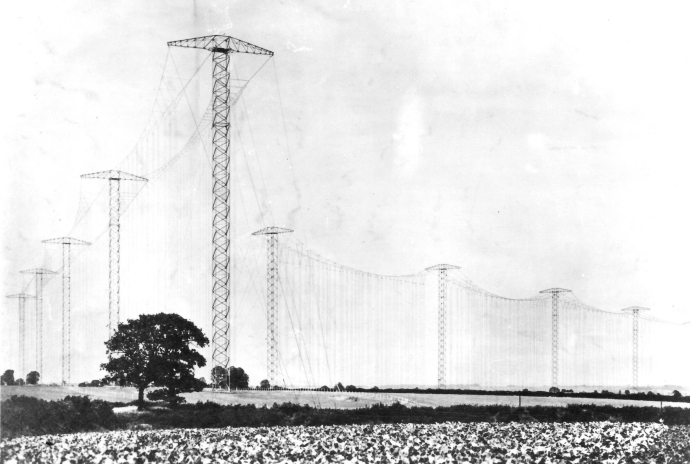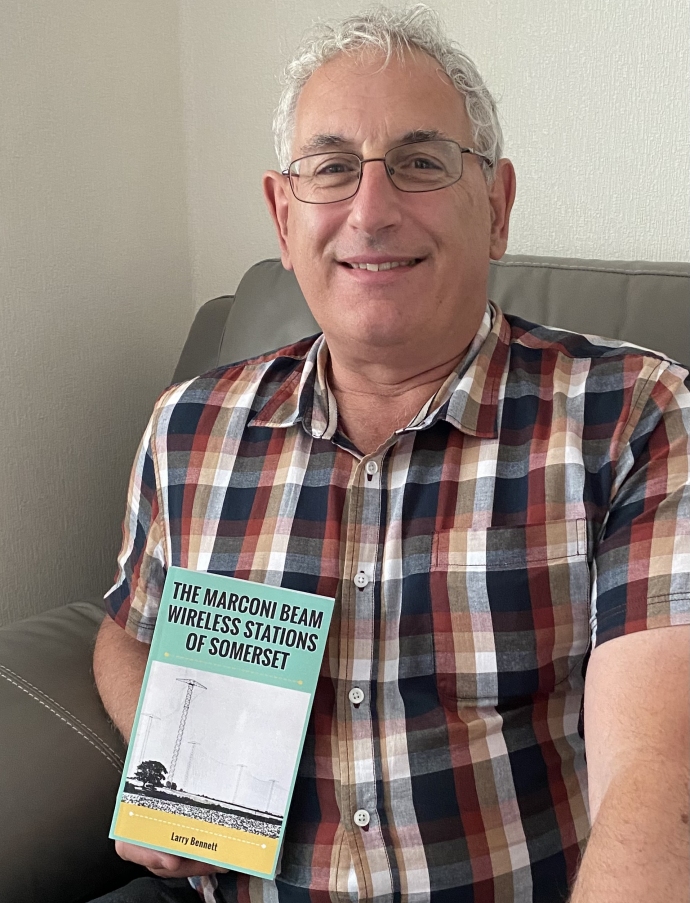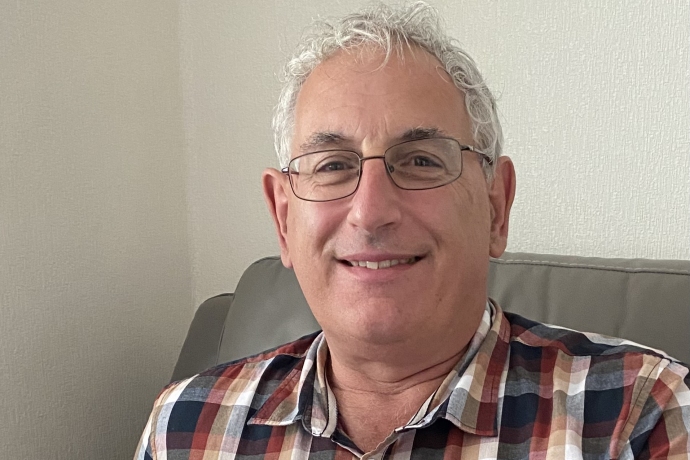Former Burnham-On-Sea radio officer and maritime radio historian Larry Bennett has unveiled his third book.
The new book – called The Marconi Beam Wireless Stations of Somerset – features the ‘Beam Wireless’ receiving stations at Bridgwater and Somerton plus the ‘sister’ transmitting stations at Bodmin and Dorchester.
It follows his previous successful history books on Portishead Radio and the UK’s Coast Radio Station network.
Talking to Burnham-On-Sea.com, Larry says the fascinating new book features the construction and operation of the stations in depth, together with the political wranglings and discussions which accompanied the new service.

“Providing secure and efficient radio links between the United Kingdom and various parts of the world, the stations had a fascinating history.”
“The Bridgwater station, located just outside of North Petherton, was only operational from 1926 until 1939, receiving radio transmissions from Canada and South Africa, its services being taken over by other stations in the UK Beam Wireless network as part of a rationalisation programme just before WW2.”
“The Somerton station was originally the receiving station for transmissions from the USA and South America, and was involved in many technological ‘firsts’.”

“Significantly, it was the station responsible for receiving the first news of the Argentine invasion of the Falkland Islands in 1982. The station latterly acted as the receiving aerial installation for Portishead Radio until closure in 2000.”
“An overview of the complete Beam Wireless service is also included to allow the reader the opportunity to understand the context and requirements of the Somerset stations, and details of the Post Office’s Experimental Radio-Telephone station at Chedzoy are also provided.”
The 418-page book contains various rare photographs and diagrams of the stations, as well as scans of documents relevant to the service.

The book is available from Amazon UK and other on-line booksellers, and a limited number of author-signed copies can be obtained here.
Larry adds: “It is hoped that the book will appeal to not only radio history enthusiasts but also to local historians and those fascinated by early wireless technology.”







